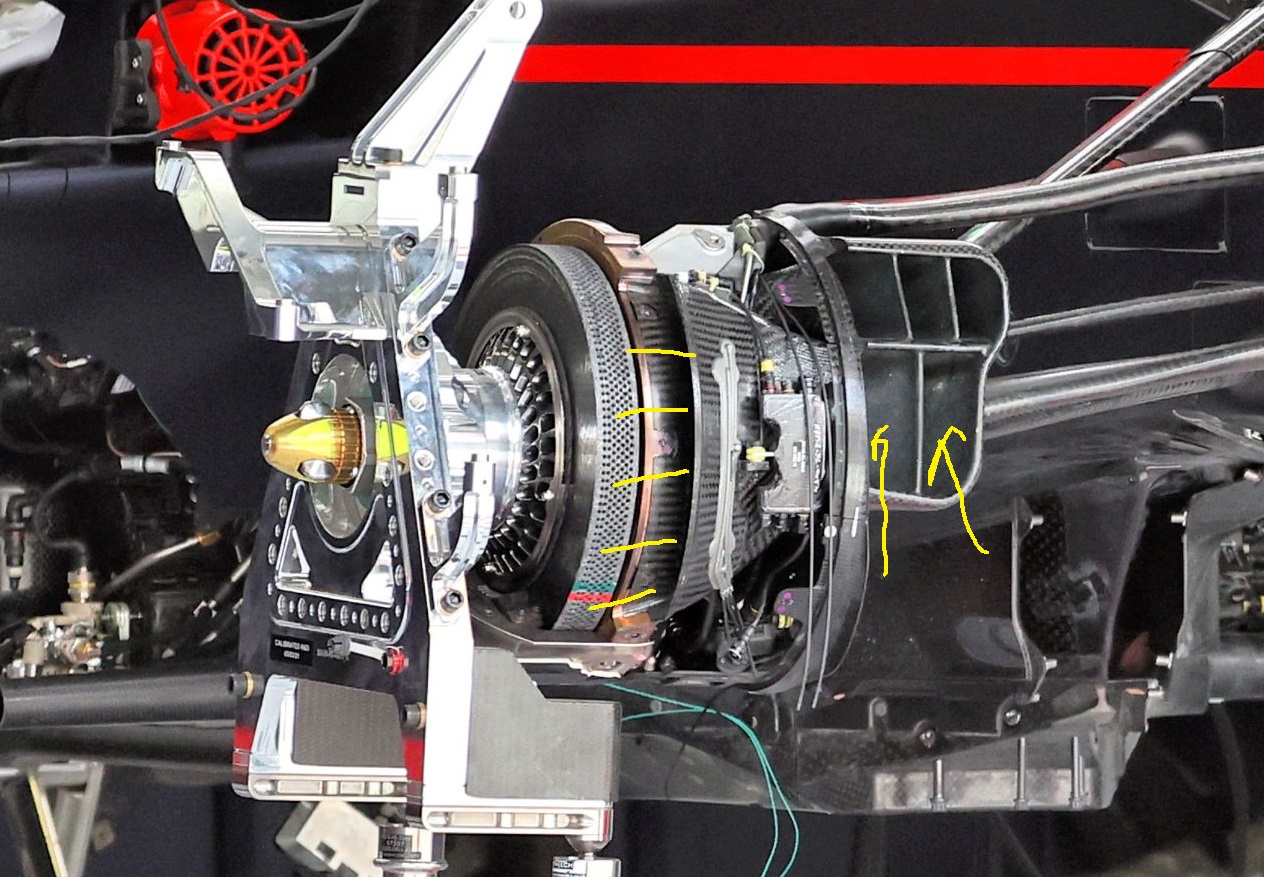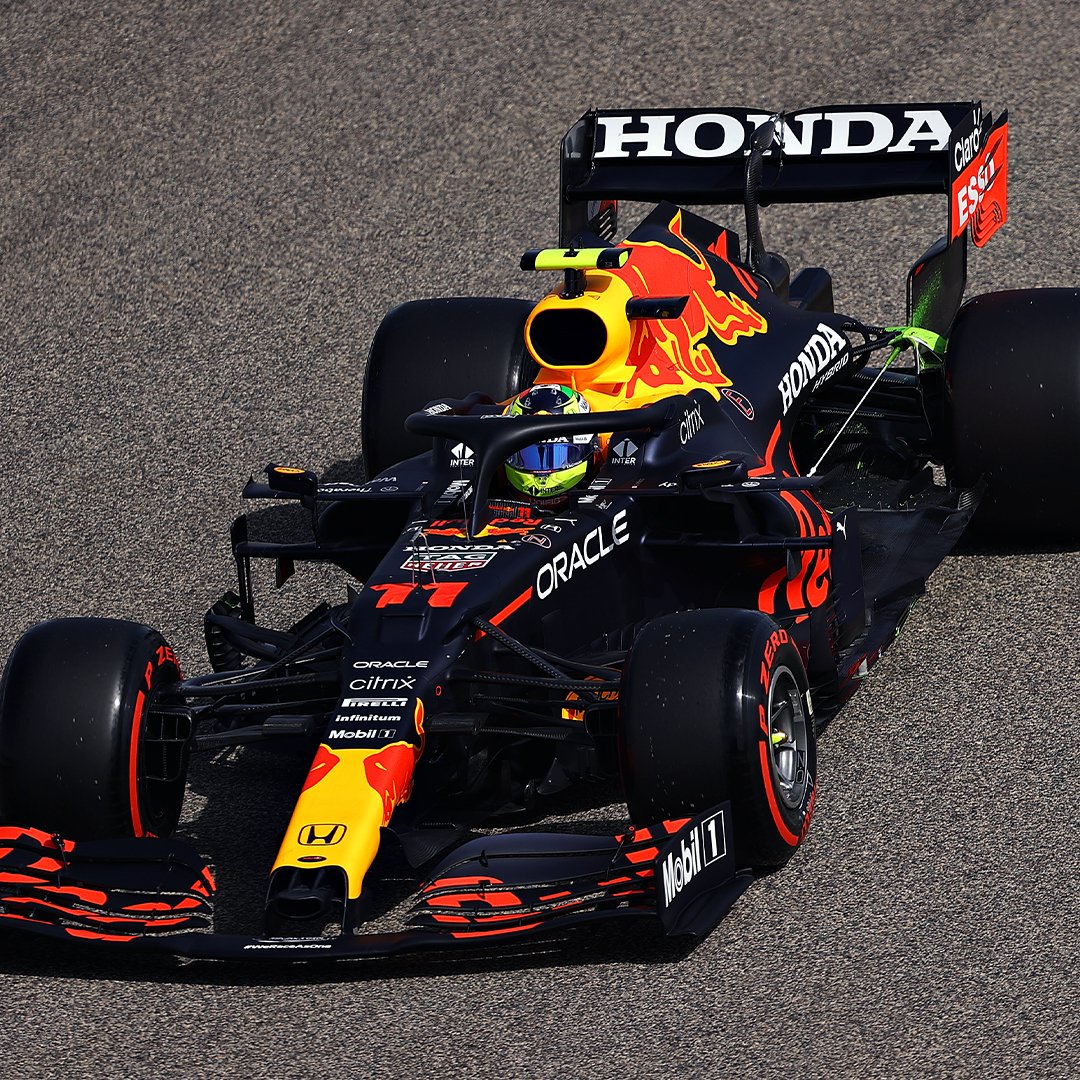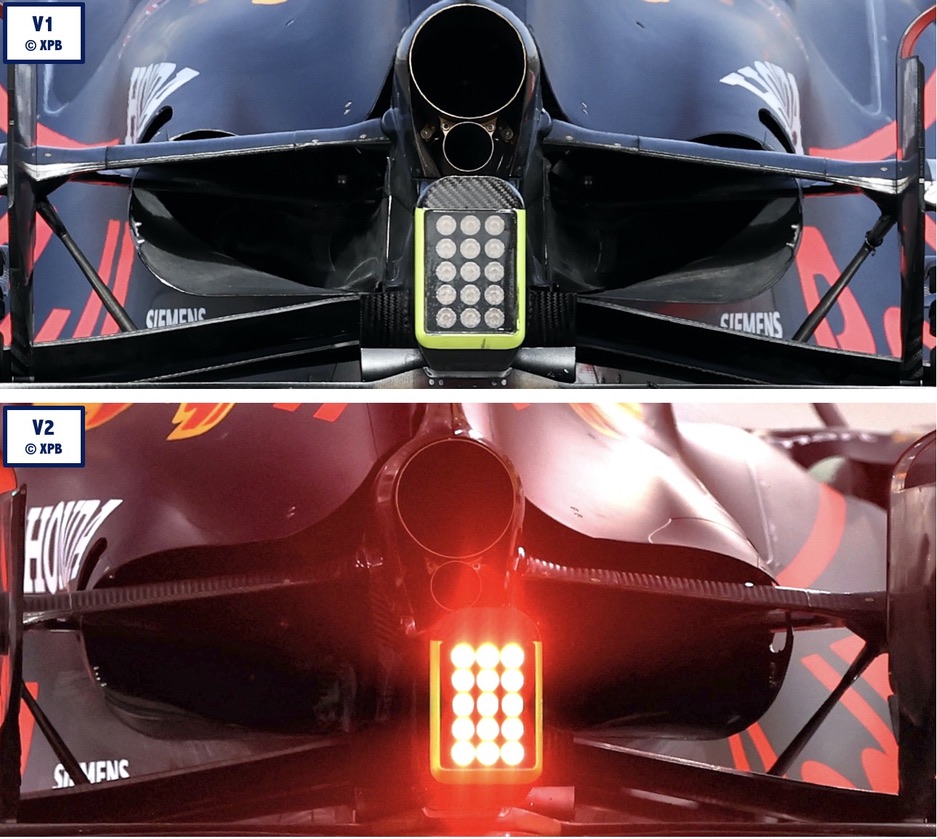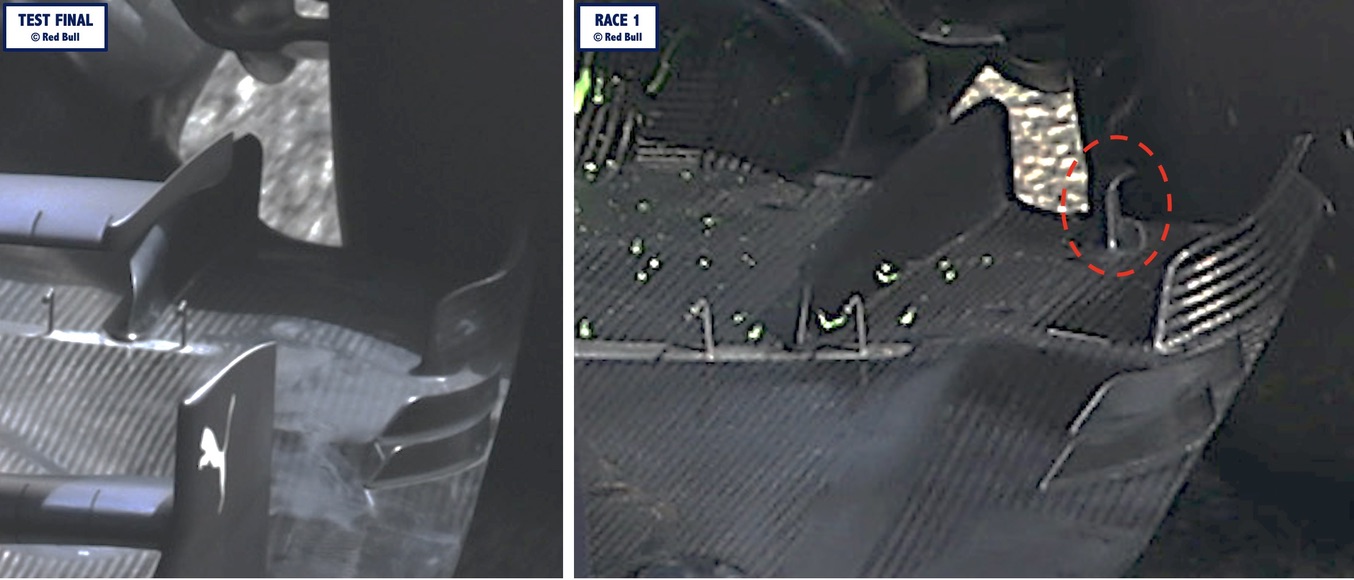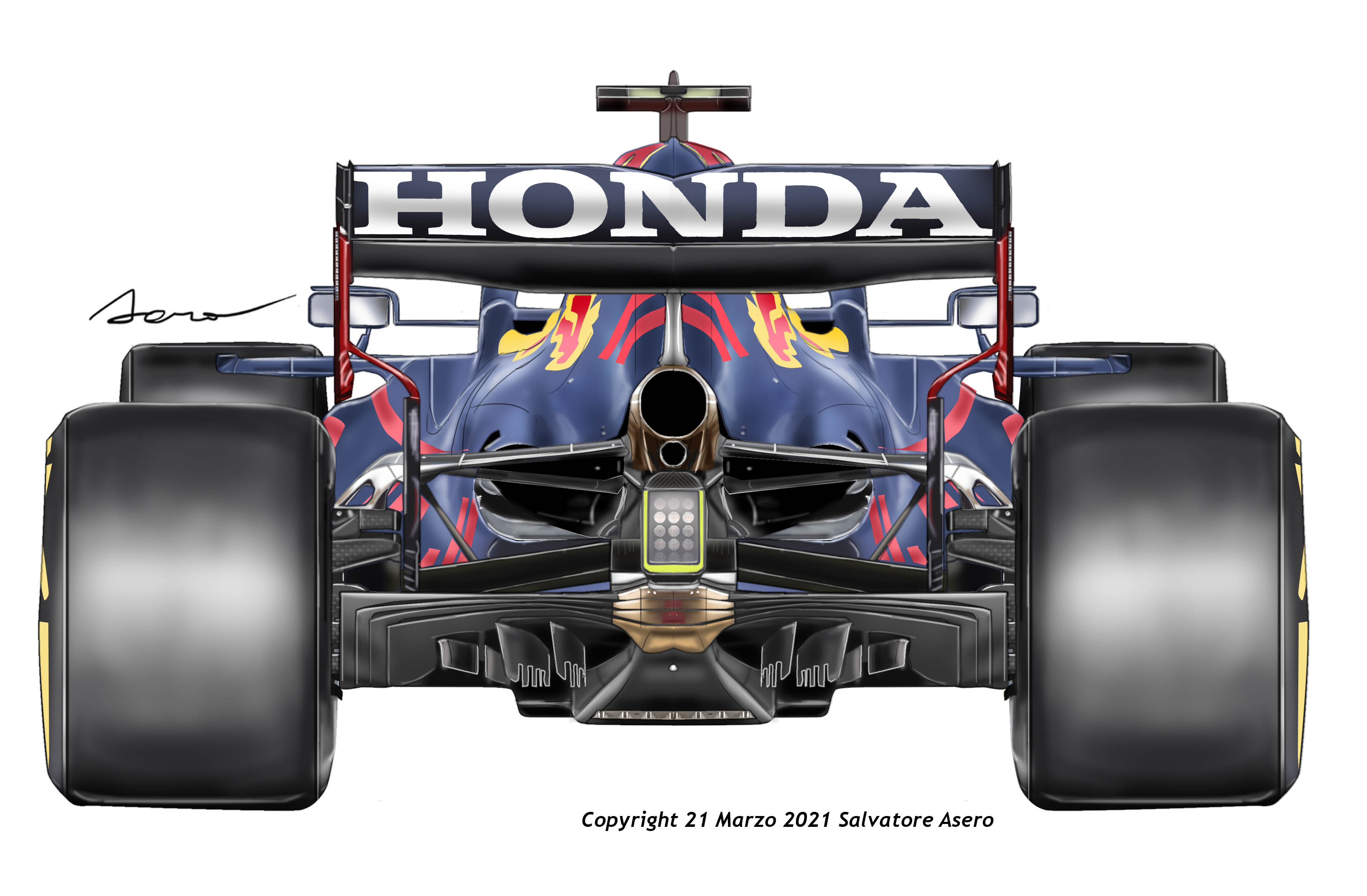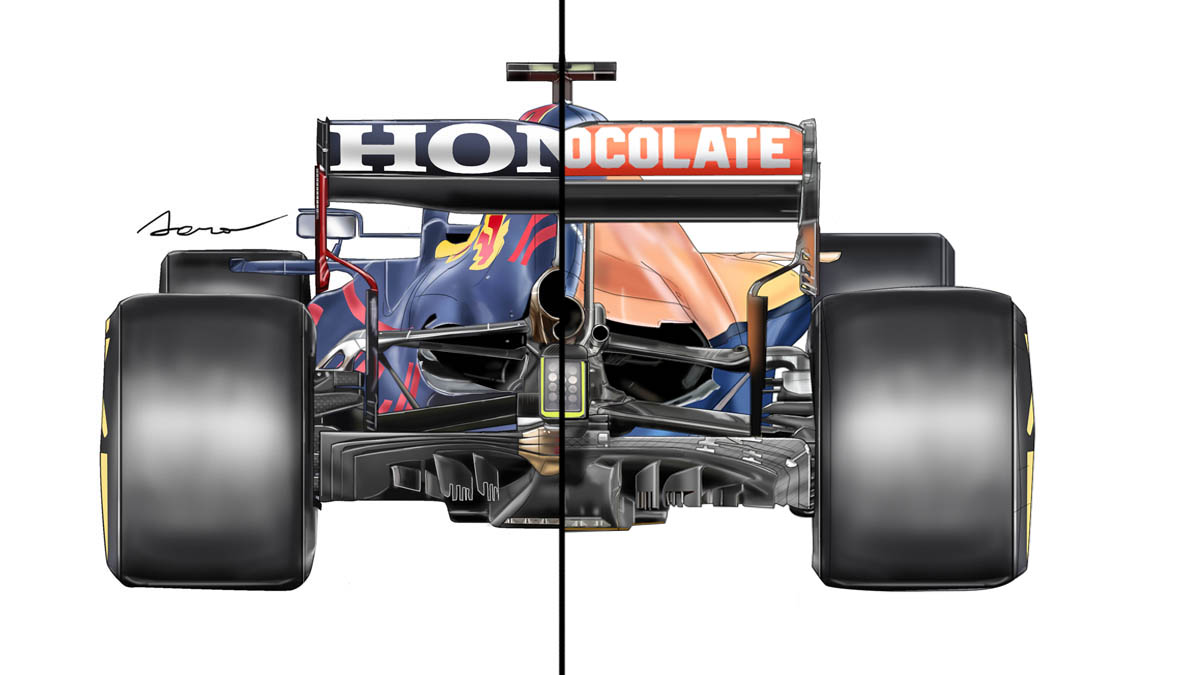I think I understand how the slots worked last year. They were guiding air to the low pressure region of the tire, equalizing the pressure with the higher pressure region above the floor where the air was hitting it. By reducing the pressure differential of the high and low pressure regions of the tire, it reduced the turbulence being shed by the tire.
This year I see teams trying to create high pressure region along the edge of the floor, but won't this just feed the low pressure tire squirt? Because upstream the car is shedding vortecies that are smacking into the rear tires.
From our understanding of combustion engines, we understand that swirl and turbulence both aid mixing of air and fuel, however it's not just limited to mixing air and fuel, it's also true about mixing airflows, particularly airflows of different temperatures. Like the different temperatures found in the brakes and tires relative to ambient airflow.
There are two ways to reduce tire squirt, or turbulence shed from the tire, you either lower the high pressure zone, or raise the pressure in the low pressure zone. You can change the pressure by adding heat, however adding heat also adds kinematic viscosity to air, and thus causes more skin friction on any surface, which will affect how air flows upstream. As the airflow will always migrate towards the lowest pressure it can find.
Maybe lower rake cars create more powerful tire squirt, while higher rake cars with greater distance from the floor, and closer proximity to the high pressure zone of the rear tire create a lower pressure differential in that region.
It's a shame the regulations don't let you turn the floor downward near the rear tires. All the teams want to flick the air up, but why not down, wouldn't that increase the pressure in the low pressure region of the floor weakening the turbulence being shed by the tire? It would also match the rotation of the vortex being shed by the diffuser.
